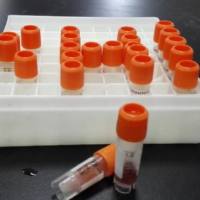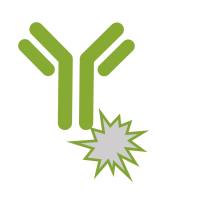Cytogenetic Studies Using FISH: Background
互联网
604
Prior to the early 1970s, chromosome spreads were block stained with, for example, orcein or Fulgen’s stains, and only those with a distinctive outline could be recognized. Then it was discovered that chromosomes could be made to show a consistent pattern of lighter or darker stained segments (bands) by using fluorescent dyes (fluorochromes) such as atebrin and quinecrine, or by treatment with agents such as trypsin, detergent, or a salt solution (e.g., saline sodium citrate), followed by staining with basic nuclear dyes such as Giemsa, Wright’s, or Leishman’s stain. Once every chromosome could be identified by its unique banding pattern, and recurrent abnormalities could be associated with specific diseases or physical disorders, the science of cytogenetics quickly proved to have direct and practical clinical applications. The chromosomes obtained in studies of malignancy, however, are often of poor morphology, and tend to be involved in complex and subtle rearrangements; in such cases, conventional cytogenetic studies are unable to define fully the entire karyotype. This limitation has been overcome by the introduction of new techniques, known as in situ hybridization (ISH), which bind labeled DNA to specific parts of the chromosomes being studied.








